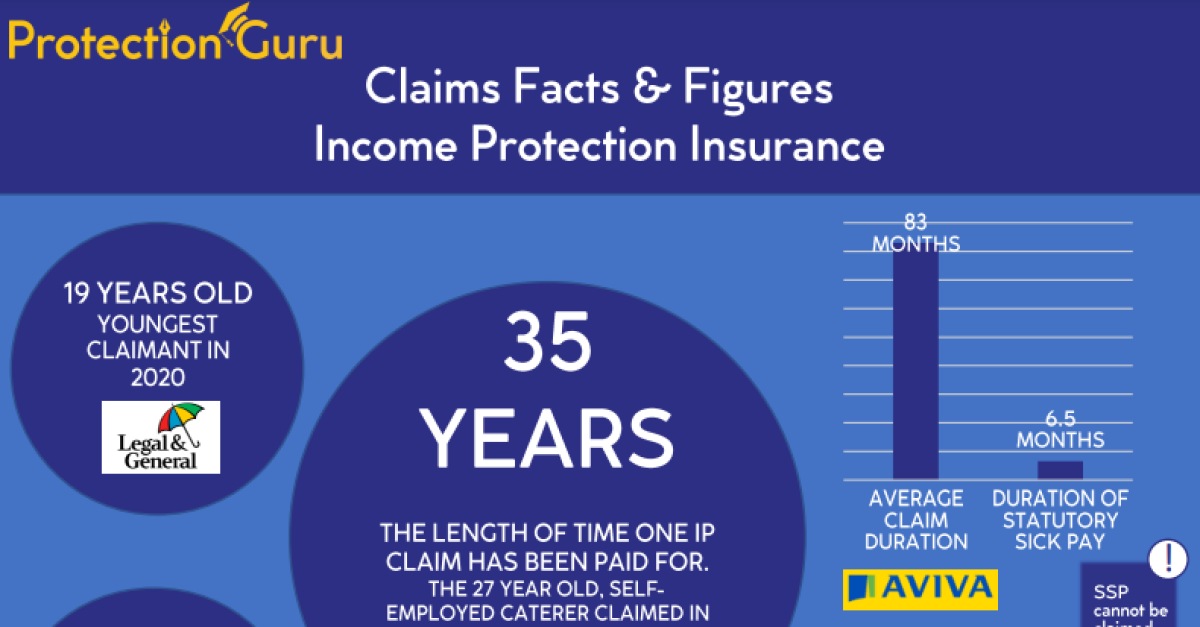
How might wearable devices impact the future of life insurance?

This question has come into far more focus following the launch of Vitality’s ‘ActiveLife’ insurance product which links premiums directly to activity tracked by an Apple watch.
Protection Guru’s parent company Financial Technology Research Centre is dedicated to understanding the role of technology in the evolution of financial advice. In the context of life insurance there are few areas where FTRC sees more scope than wearables.
Expanding on his comments in FTAdviser’s article not hard to see doctors becoming life insurance advisers in future on 20th January, FTRC and Protection Guru founder Ian McKenna has commented “While items like Fitbits and Apple watches may not yet deliver information at a level that would generally meet the standards for clinical diagnoses, it is only a matter of time until they can. There are enormous advances taking place in the wearable device market and the next generation of such tools that would be of real value to healthcare professions are at most a couple of years away. Then wearables will have an enormous role in the future of life insurance.
Vitality is acting as an early adopter in this area showing the way forward. In my view it is not a matter of if but when increasing numbers of insurers offer customers who can prove they act healthily rewards for such behaviour. Some people suggest that this will reduce the availability of insurance to people with health conditions, however in practice many people who are hard to insure may find it possible to get some cover if they can use devices to provide ongoing health data to their insurers. Diabetics would be a prime example but that is just one area. There are many conditions where insurers could be willing to provide cover if they can measure that people are regularly taking medication.
FTRC believe it is essential the industry embraces the benefits demonstrated by Vitality and takes full advantage of the opportunity not just to make insurance pricing fairer for people who invest in their health, but to explore how we can use new technology to grow the overall number of people insurers will cover. Historically many people in the medical profession have not seen helping people get insurance as a valuable activity. If we can show creativity in protecting a wider number of patients perhaps we might build new relationships with doctors. I can see a huge case for advisers looking to build relationships with local GPs to demonstrating both are involved in protecting patients in different ways.”
I am a huge fan of wearables. I love to exercise, tracking my activity and I am lost without my Apple watch…as I am sure many people are. I love Vitality’s philosophy to incentivise and encourage healthier behaviour. And with this new concept, the premium paid and product is powered by the data that an Apple watch will provide. As this is a direct to consumer product, it can be the first step to ensure some cover in place…but I firmly believe that the intricacies of protection policies warrant advice.
My esteemed colleague Adam Higgs has created a fantastic in-depth article here: protectionguru.co.uk/vitality-and-apple-collaborate-on-activelife-insurance-what-does-it-mean-for-advisers that I would encourage you to take the time to read, investigating how this impacts advisers and the concept of the ActiveLife proposition in more detail.
There will be further innovation hitting the financial services industry and no doubt the Big Tech companies will play a huge part of this. What is next on the horizon?
In other news, the next Protection Forum will be on the 7th February 2023. We will be covering two key topics. The initial session is entitled ‘How far does the industry still need to go when it comes to Protection Claims Processes?’ We would be keen to hear from Advisers on any claims experiences that you have been involved in and would like to share at the Forum. Please contact [email protected]
The second session will concentrate on the subject of the recently published FCA consultation paper – CP23/1 – Insurance guidance for the support of customers in financial difficulty. And how are insurers looking to support customers that are vulnerable financially.
You can register for the February Protection Forum How far does the industry still need to go when it comes to protection claims processes? – Join Our February 2023 Protection Forum – Protection Guru
Last week on ProtectionGuru
We started the week by informing our readers of British Friendly’s new fracture cover and how it compares to others in the market. Unless extremely severe, a broken bone isn’t going to lead someone never being able to work again, but it will lead to short term incapacity and likely financial loss. Providing a small lump sum to help cover that short term loss until the deferred period elapses makes sense. Clearly the market agrees as fracture cover has grown in popularity.
On Tuesday, Adam set out how income protection proportionate benefits are calculated. Whilst income protection plans provide an important safety net should someone find themselves out of work due to ill health, it’s fair to say most people would probably rather be in work, earning a salary and pursuing a career. Insurers understand how important it is for people who are trying to get their lives back on track after an illness or accident to focus on their recovery and not on money worries. To this end, they will pay proportionate benefits to top-up claimants’ reduced earnings, supporting them until their earnings return to their pre-incapacity levels.
Caring for family, friends or neighbours who are ill, disabled or elderly is something people do because they care in an emotional sense. But according to the NHS it takes, on average, two years for people to realise they are carers. This happens because they don’t tend to separate the practical help they provide from the relationship they have with that person. On Wednesday, Amanda Newman Smith looked into the cost of being a carer.
On Thursday, we set out what the different protection premium types are and who they are suited to. When it comes to recommending the right protection solution for a client, there are a number of variables to consider and uniquely to pure protection products, this can include premium type. In this insight we examine some of the premium types on offer, what some of the key considerations might be when reviewing options for a client and how ProtectionGuruPro makes it easier to filter results based on those premium types.
The cost of living crisis and its possible impact on the protection industry have been highlighted at our Protection Forums, notably in terms of consumer appetite to purchase protection and continue paying for existing protection plans. A number of advisers and individuals in attendance highlighted that when it comes to securing long-term business and reducing policy lapse rates, the quality of the initial fact-find and recommendation process is everything. We therefore ended the week on Protection Guru highlighting four things you should read – helping advisers select the best protection recommendation.
Have a lovely week everyone.

















